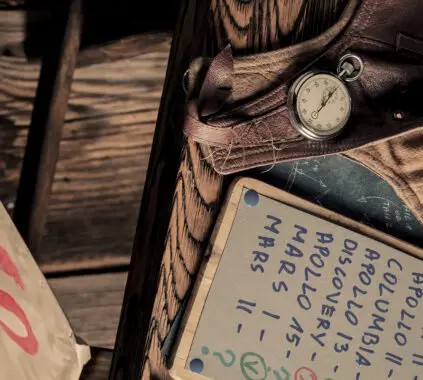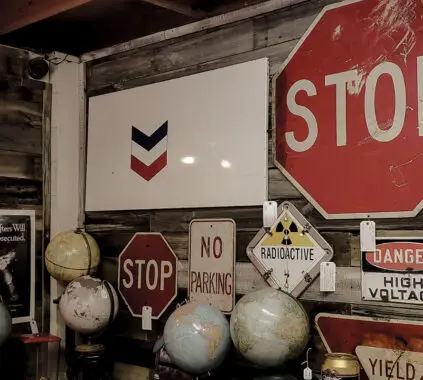The Scene: Why Some Leaders Inspire & Others Just Manage
Think about the best leader, mentor, or teacher you’ve ever had.
- They didn’t just tell you what to do.
- They didn’t just set deadlines and expectations.
- They made you feel like you had the space to grow.
- They challenged you—but didn’t micromanage.
- They gave you feedback—but didn’t crush your confidence.
- They created an environment where you could step into your full potential.
That’s the difference between leading with control vs. leading with presence.
And if you know how to do this?
You don’t just manage people—you elevate them.
Why “Holding Space” Is a Leadership Superpower
Most leaders focus on control.
They want clear plans, fast results, and minimal mistakes.
They focus on output over development.
They unintentionally create fear instead of trust.
But the best leaders don’t just push for results.
They create an environment where people feel safe enough to take risks, experiment, and grow.
Why This Works:
When people feel psychologically safe, they perform at their highest level.
When they know they won’t be judged for imperfection, they take creative risks.
When they feel supported instead of controlled, they grow into stronger, more confident leaders themselves.
The Fix: Instead of leading with control, lead with presence.
Because when people feel held instead of pushed, they rise to their highest potential.
The Experiment: 3 Ways to “Hold Space” as a Leader (Without Losing Authority)
1.Create an Environment Where People Feel Safe Taking Risks
Most teams avoid risks—not because they lack ideas, but because they fear failure.
Your job isn’t just to push for success—it’s to remove the fear of trying.
The Fix: Set the Tone for Psychological Safety
- Normalize experimentation. (”Let’s try this and see what happens.”)
- Encourage imperfect first drafts. (”I don’t need perfect—just give me something we can build on.”)
- Celebrate learning, not just winning. (”What did this teach us?”)
This removes the fear of failure—so people focus on growth instead of perfection.
It builds a culture where taking smart risks is expected, not avoided.
When people feel safe to try, they unlock their best ideas.
2. Listen Without Trying to “Fix” Everything
The biggest leadership mistake? Feeling like you have to solve everything.
But sometimes, people don’t need solutions—they just need to be heard.
The Fix: Shift from Problem-Solving to Presence
- When someone shares a struggle, resist the urge to fix.
- Instead of jumping to solutions, ask: “What do you need most right now?”
- Let people process their own thoughts—sometimes clarity comes just from being able to talk it out.
This builds trust—people know they can bring ideas & challenges without fear.
It strengthens independence—because they learn to think through solutions, not just wait for answers.
The best leaders don’t rush to fix. They create space for people to find their own way.
3.Set High Standards—But Stay Human About It
Holding space doesn’t mean lowering the bar.
You can set high expectations while still making people feel supported.
The Fix: Challenge with Compassion
- Give direct feedback, but with warmth. (“Here’s where this needs work, and I know you’re capable of leveling this up.”)
- Push people toward excellence, but make sure they feel seen. (“I know this is hard, but I believe in your ability to solve it.”)
- Make sure people know your expectations come from belief, not judgment.
This creates growth-driven accountability, not fear-driven performance.
It builds deep loyalty—because people know you challenge them out of belief, not criticism.
When people feel challenged but supported, they rise to their highest level.
The Final Lesson: Motivation Isn’t About Willpower—It’s About Visible Progress
If you want to be a leader who creates real impact, don’t just manage tasks—manage energy.
People do their best work when they feel safe, challenged, and heard.
The best teams thrive not under pressure, but under trust.
The strongest leaders don’t just set goals—they create the space for people to grow into them.
Because at the end of the day?
People don’t just remember what you taught them.
They remember how you made them feel while they were learning it.
Your Challenge This Week
- Next time someone comes to you with a challenge, pause. Instead of solving it immediately, listen and ask: “What do you think?”
- Notice how your leadership shifts when you focus on presence instead of control.








